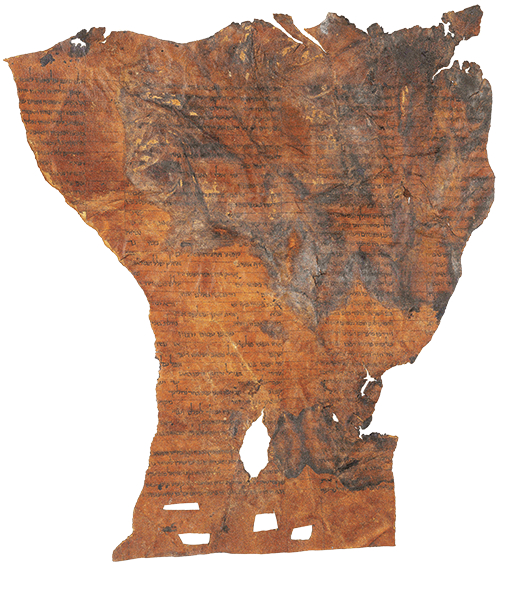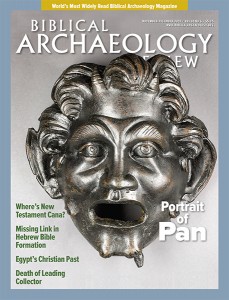
New analysis of a previously known scrap of a Biblical text provides fascinating insight into the formation of the Hebrew Bible. Known as the Ashkar-Gilson Hebrew Manuscript #2, the text is a remnant of a Torah scroll from the seventh or eighth century C.E. and contains a crucial section of the Book of Exodus.
Although the fragment came to light more than three decades ago, it was disregarded by scholars and remained unpublished. But a recent analysis shows that this damaged sheet fills a gap in our knowledge regarding the transmission of the Biblical text.
The earliest texts of the Hebrew Bible—or the Old Testament, as Christians call it—are found among the Dead Sea Scrolls, which include more than 200 Biblical texts ranging from a few words to almost complete books, such as a nearly undamaged copy of the Book of Isaiah (1QIsaa).a The dates of these ancient Bible manuscripts range from c. 250 B.C.E. to 115 C.E., so they are much older than the Ashkar-Gilson Manuscript. In this early period, the texts were not yet completely fixed; their transmission was still fluid. Copyists made mistakes, wanted to improve or expand a text, or adapted the spelling of certain words.b Sometimes the copies could be quite different versions of the same text—for example, the Book of Jeremiah.
Already a library member? Log in here.
Institution user? Log in with your IP address.

